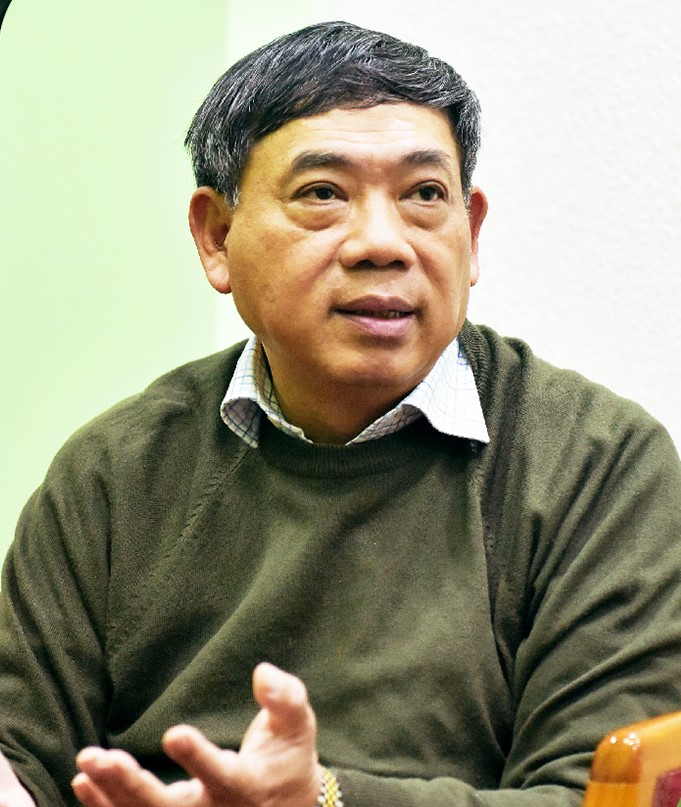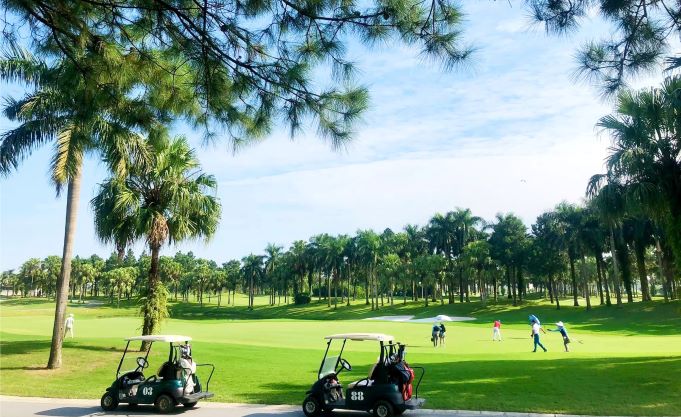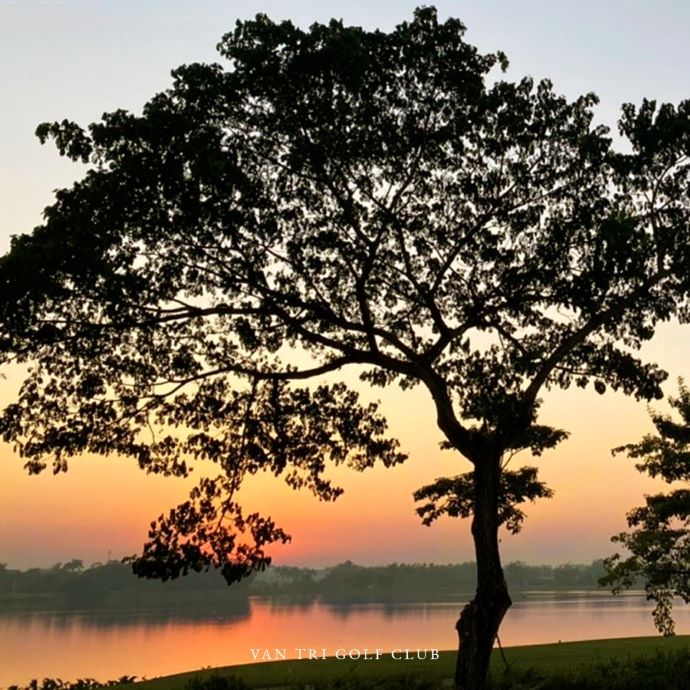Golf course - new product to boost Hanoi tourism
Hanoi has a great potential for golf tourism development.
Golf tourism is seen as a type of sport tourism that combines golf playing with discovery, sightseeing and relaxation at the destination. It is suitable for the current period of Covid-19 pandemic prevention and control, since it meets safety criteria, ensures social distancing, and limits large gatherings.
The Hanoi Times talks Dr. Pham Thanh Tri, Standing Vice Chairman of Vietnam Golf Tourism Association (VIGTA) about the development opportunity of golf tourism.
| Dr. Pham Thanh Tri, Standing Vice Chairman of Vietnam Golf Tourism Association (VIGTA) talks about the development opportunity of Hanoi's golf tourism. Photo: An Thanh |
How does the VIGTA assess the resilience in tourism of Vietnam and its capital city of Hanoi in 2022 and the coming time?
Next year, Vietnam's tourism will continue to face challenges and pressures, but with sufficient vaccination, we will adapt better to “living with the pandemic”. In the coming time, domestic tourists are still the “oxygen tank” for tourism, yet to record seven million foreign visits like in 2019, it is important that tourism in Vietnam and Hanoi take creative steps and add a lot of new products. There need to be different tourism recovery scenarios based on the pandemic evolution, and in any case, Hanoi must stay proactive.
Is golf tourism a direction that Vietnam has yet to exploit its full potential and advantages? Can Hanoi develop golf tourism to attract more international visitors?
| Van Tri Golf Club in Hanoi. Photo courtesy of the golf course |
Up to now, there are still no Vietnamese tour operators specializing in golf tourism. Whereas in countries like Thailand and Malaysia, well-priced package tours have been created in association with golf thanks to the support from the government as well as the system of hotels, restaurants, and travel agencies. There is still a lack of policies to facilitate the development of professional golf tourism in Vietnam.
There are currently seven high-class golf courses in Hanoi, which have received numerous compliments from golfers including Long Bien, Kings’ Island Golf, Van Tri Golf Club, Legend Hill Golf Resort, Hanoi Golf Club, among others. The average weekday rates are 950,000 VND for 9-hole courses and VND1.5 million (US$66) for 18-hole courses, though they are pricey, it’s still very difficult to find a vacant one.
From December to March in South Korea, the weather is too cold to play golf, so Korean golfers really want to come and play in Hanoi, but almost all of the courses are fully booked. The expense of a 7-day golf tour in Hanoi for Korean visitors is about $3,000, of which the course ticket costs only US$300, and the remaining $2,700 includes airline tickets, hotels, and meals. So why don’t we boldly invest in this? Thailand is now a golf destination of Southeast Asia with its international golf tourism visits accounting for 10% of all foreign arrivals each year, while this rate in Vietnam is only less than 1%.
If the city's leaders can seize the opportunity, golf tourism for foreigners would be a good way to restore the travel industry in the capital city, while golfers from Japan and Taiwan (China) also want to come to Hanoi. In the year of the Tiger’s winter, golf courses in Hanoi will be full of foreign players if we focus on developing this new type of tourism.
To achieve that, what do you think Hanoi needs to do?
| Golf players in Van Tri Golf Club. Photos courtesy of the golf course |
In my opinion, there are three issues that need to be tackled.
Firstly, with the increasing number of Vietnamese golfers, Hanoi's golf course system is already overloaded. According to our calculations, by the end of 2022, there will be about 10 more courses in the city, but still won’t be enough.
Currently, there are 300 golf courses in Tokyo, over 400 in Thailand, 250 in Malaysia. So, in Southeast Asia, the number of golf courses in Vietnam is only higher than that of Laos and Cambodia (about 30). Most notably, there are more than 2,400 courses in Japan (along with 3,000 training grounds) – making up 50% of the total number in Asia – with 14 million golfers and an annual average of one million new players.
In the time to come, the VIGTA believes that there should be more linkages between golf course management units and tour operators. Currently, these links are still weak, so there hasn’t been any special golf tourism product yet, and international players still have difficulty in finding information about tours associated with this sport. It is necessary to focus on developing golf tours into “closed ecosystems” to meet the requirements of Covid-19 pandemic prevention and control.
Besides, in order to enhance the attractiveness of golf tourism, Hanoi should include craft village experiences or spiritual tourism in the tours, so as to extend guest stays and effectively exploit local tourism resources.
At present, there are more than 70,000 Vietnamese and 20,000 foreigners living in Vietnam playing golf. What is the expected number of golfers in the future?
| A view from the Van Tri Golf Club. |
The number of golfers in our country is constantly increasing. With the current growth rate, it is expected that by 2025, there would be about 300,000 golfers in Vietnam. This is one of the favorable conditions for golf tourism in Vietnam to soon take off, provided that our inherent potentials and advantages are effectively exploited.
Will golf course development take up agricultural land?
Around the world as well as in Asian countries, golf courses are usually built in places where the land cannot be cultivated, mountainous areas, and even in deserts. For example, Japan's regulations on establishing golf courses are very strict, that is, they have to be built on mountainsides, without taking up arable land, forest land, and so on.
According to the Government’s guidelines, the licensing of golf courses must ensure that cropland, especially rice land, mustn’t be taken, and if any farmland is taken, it must be infertile (unsuitable for farming or efficient farming).
The VIGTA and I support strict management policies in converting land resources to golf courses, reasonable management and use of water resources for them, and close control of chemicals and fertilizers used there. It is vital that localities have more specific assessments (regular monitoring) on the environmental status of the golf courses in operation, in order to have solutions for more sustainable development of this type of recreational sport.
Thank you for your time!















